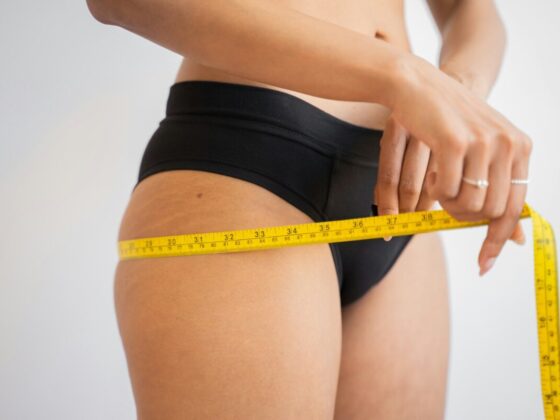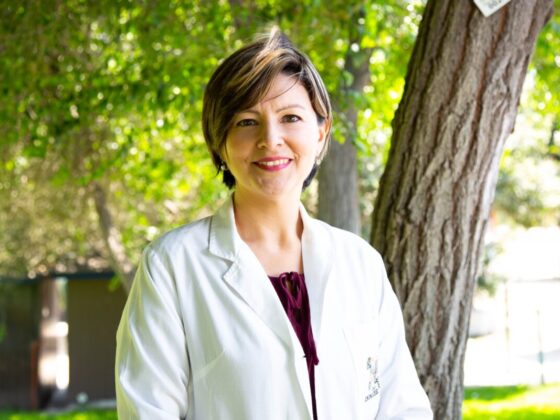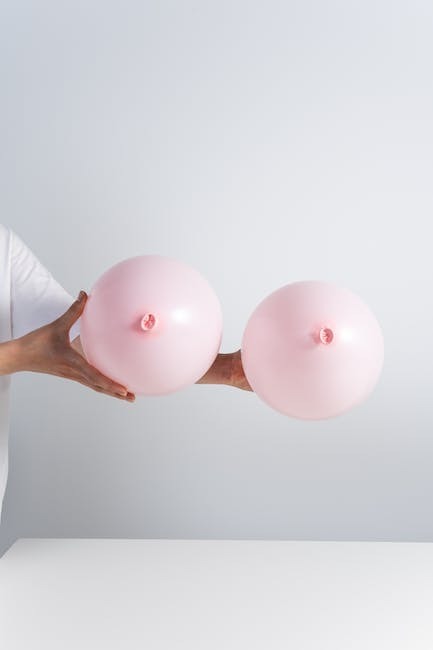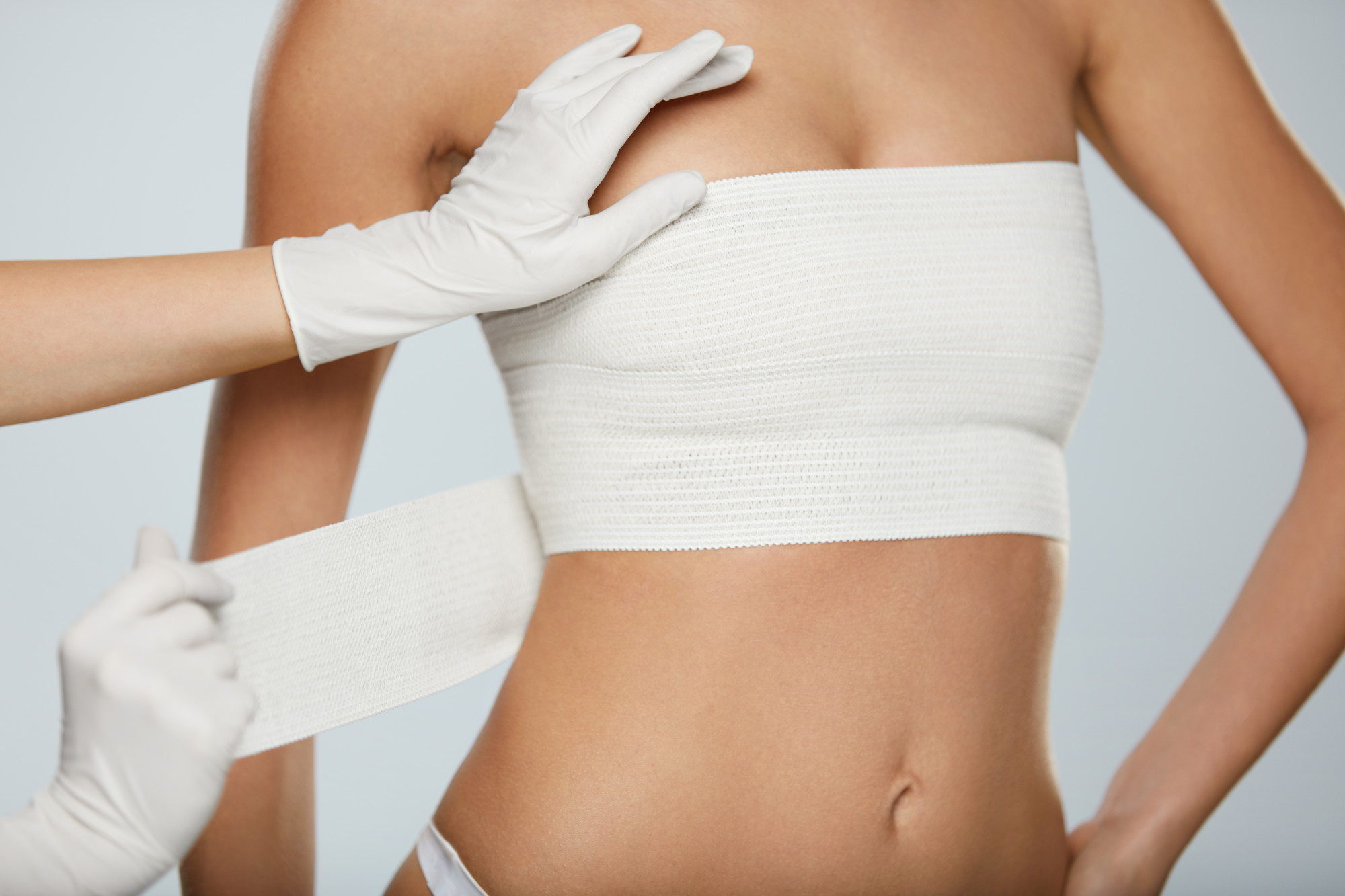Uterine fibroids are abnormal growths that develop in or on the womb, and they are made of fibrous or muscle tissue. They are generally benign, but some women with fibroids can experience pain and extreme discomfort. Fortunately, there are medical and natural ways you can treat fibroids. Here is a quick guide to uterine fibroids and how you can manage your symptoms.
Different Types of Fibroids
Uterine fibroids occur in most women and they usually develop by the age of 50. There are four types of fibroids; these are intramural, subserosal, submucosal and pedunculated fibroids.
Intramural fibroids
Intramural fibroids are the most common type and they develop, and are contained, in the muscular uterine wall. They can stretch your uterus.
Submucosal fibroids
This is the rarest type and it grows in the uterine cavity. It develops in the submucosa, which is the thin, muscle layer beneath the inner lining of the womb.
Subserosal fibroids
Subserosal fibroids grow on the outside of the womb and can develop into the pelvis. This type can enlarge to a considerable size and give an uneven appearance to your uterus.
Pedunculated fibroids
When a fibroid develops on the exterior of the uterus, or the interior of the uterine cavity, with a narrow stem supporting it, it is called a pedunculated fibroid.
Symptoms
Just one-third of women who are diagnosed with fibroids display symptoms. These symptoms include pain in the back, pain in the stomach, pain during sex and painful periods. Some women also experience constipation and the urge to frequently urinate.
Professional Treatment
If you are experiencing pain or discomfort, then consult a professional for the best course of action. In the early stages, you may be prescribed medication to either shrink the fibroids or simply relieve the symptoms. Unfortunately, medication doesn’t always work. The next best way to get rid of them is by undergoing nonsurgical therapies or minimally invasive procedures. The American Fibroid Centers have a team of experts who specialize in diagnosing fibroids and providing various types of treatments. They focus on alternatives to aggressive surgery and can improve your quality of life by helping you manage your fibroids.
Change of Diet
There are many types of foods that can be detrimental in terms of uterine fibroids. For example, a diet consisting of red meat, processed food and sugar could increase your risk of developing fibroids. This kind of diet can also provoke them to develop further. In addition, obesity and being overweight can increase your chance of developing fibroids. Research shows that a Mediterranean diet, which involves consuming green vegetables, fresh fruit, legumes and fish, can reduce the risk.
Holistic Approach
There are a number of ways to approach your fibroids holistically. This includes traditional Chinese Medicine. One herbal remedy is Gui Zhi Fu Ling Tang.
This formula consists of herbs that work together to balance hormone levels and shrink fibroids. Although further research needs to be conducted to confirm efficacy, herbal remedies are popularly used to treat fibroids.












